Fixed version here!!!
Introductions
Introduction of Vickers Vanguard:
The Vickers Vanguard was a short/medium-range turboprop airliner designed and produced by the British aircraft manufacturer Vickers-Armstrongs.
The Vanguard was developed during the mid-to-late 1950s in response to a specification issued by British European Airways (BEA) for a 100 seat airliner; Vickers decided to design such an airliner as a follow-up to the existing Viscount series, the principal difference from which being an expanded airframe that provided considerably more internal volume. Another key innovation was the Tyne engine, which was roughly twice as powerful as the Viscount's Rolls-Royce Dart engine, and allowed for increases in both cruising speed and altitude. Throughout the design process, the needs of two airlines, BEA and Trans-Canada Air Lines (TCA), heavily shaped the Vanguard's specifics.
The Vanguard was brought into revenue service on 17 December 1960, around the same time as the commercial availability of a new generation of jet-powered airliners; as a result, these competitors quickly overshadowed its performance and led to the type being largely ignored by the market. Only 44 aircraft were ever built, the type having been ordered by BEA and TCA. After only about ten years' service, TCA experimentally converted one of its Vanguards to a freighter configuration, calling it the Cargoliner. Considered to be a success, the majority of Vanguards were converted into freighters during the early 1970s, those from BEA becoming the Merchantman. As a freighter, the type remained in service for many years, the final example being retired in 1996.
Introductions of Invicta International Airlines and Flight 435
Invicta International Airlines:
Invicta International Airlines Ltd was a charter airline based at Manston Airport in the United Kingdom. It operated non-scheduled passenger and freight services between 1965 and 1982.
Invicta International Airlines Flight 435
Invicta International Airlines Flight 435 (IM435) was a Vickers Vanguard 952, flying from Bristol Lulsgate to Basel-Mulhouse, which crashed into a forested hillside near Hochwald, Switzerland on 10 April 1973. The aircraft somersaulted and broke up, killing 108 people, with 37 survivors. To date, this is the deadliest accident involving a Vickers Vanguard and the deadliest aviation accident to occur on Swiss soil. Many of the 139 passengers on the charter flight were women, members of the Axbridge Ladies Guild, from the Somerset towns and villages of Axbridge, Cheddar, Winscombe and Congresbury. The accident left 55 children motherless and became known in the British media as the Basle air crash.
Pilot Anthony Dorman became disoriented, misidentifying two radio beacons and missing another. When co-pilot Ivor Terry took over, his final approach was based on the wrong beacon and the aircraft crashed into the hillside. Dorman had previously been suspended from the Royal Canadian Air Force for lack of ability, and had failed his United Kingdom instrument flight rating test eight times. As a result of the crash tougher regulations were introduced in the UK.
Despite the conclusions of the official Swiss report, one commentator, ex-KLM pilot Jan Bartelski, has argued that the pilots may not have been entirely to blame and that there is a possibility that they were led off course by "ghost" beacon transmissions caused by electric power lines.
That’s it…
Specifications
General Characteristics
- Successors 1 airplane(s) +55 bonus
- Created On iOS
- Wingspan 116.8ft (35.6m)
- Length 123.0ft (37.5m)
- Height 37.2ft (11.3m)
- Empty Weight 38,232lbs (17,341kg)
- Loaded Weight 65,323lbs (29,630kg)
Performance
- Horse Power/Weight Ratio 0.306
- Wing Loading 33.3lbs/ft2 (162.4kg/m2)
- Wing Area 1,964.4ft2 (182.5m2)
- Drag Points 33239
Parts
- Number of Parts 192
- Control Surfaces 5
- Performance Cost 927

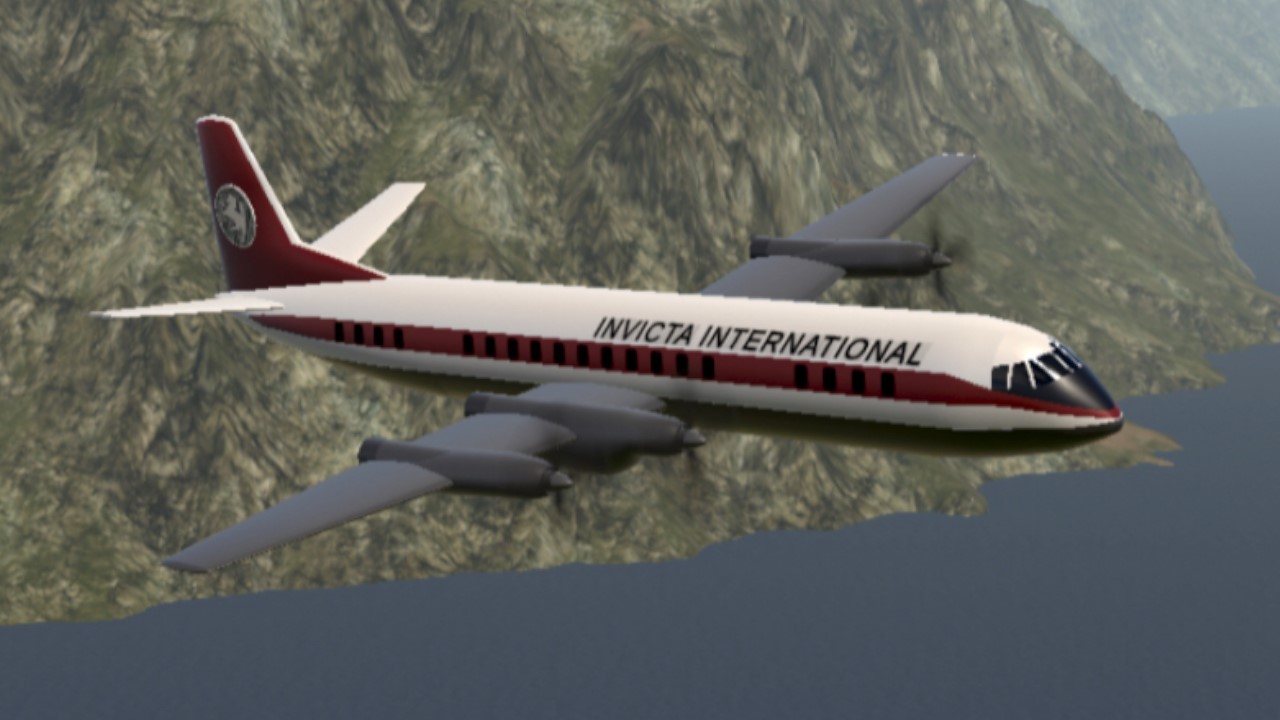
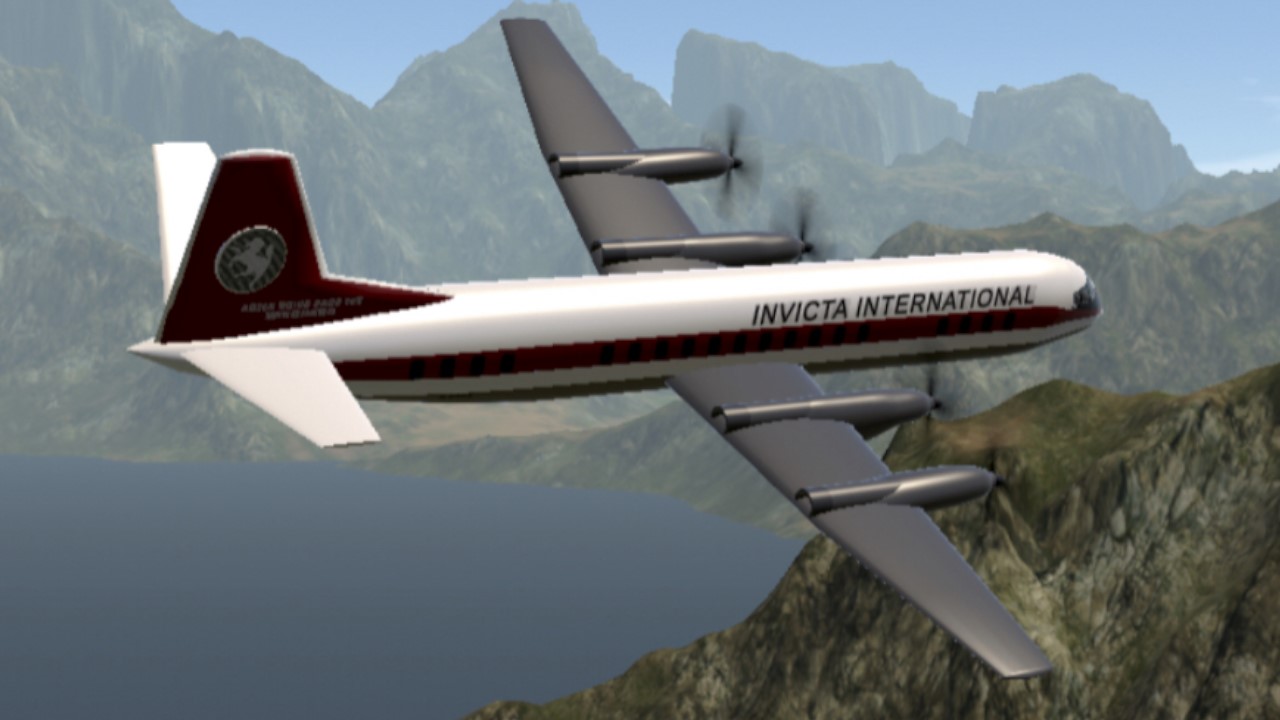
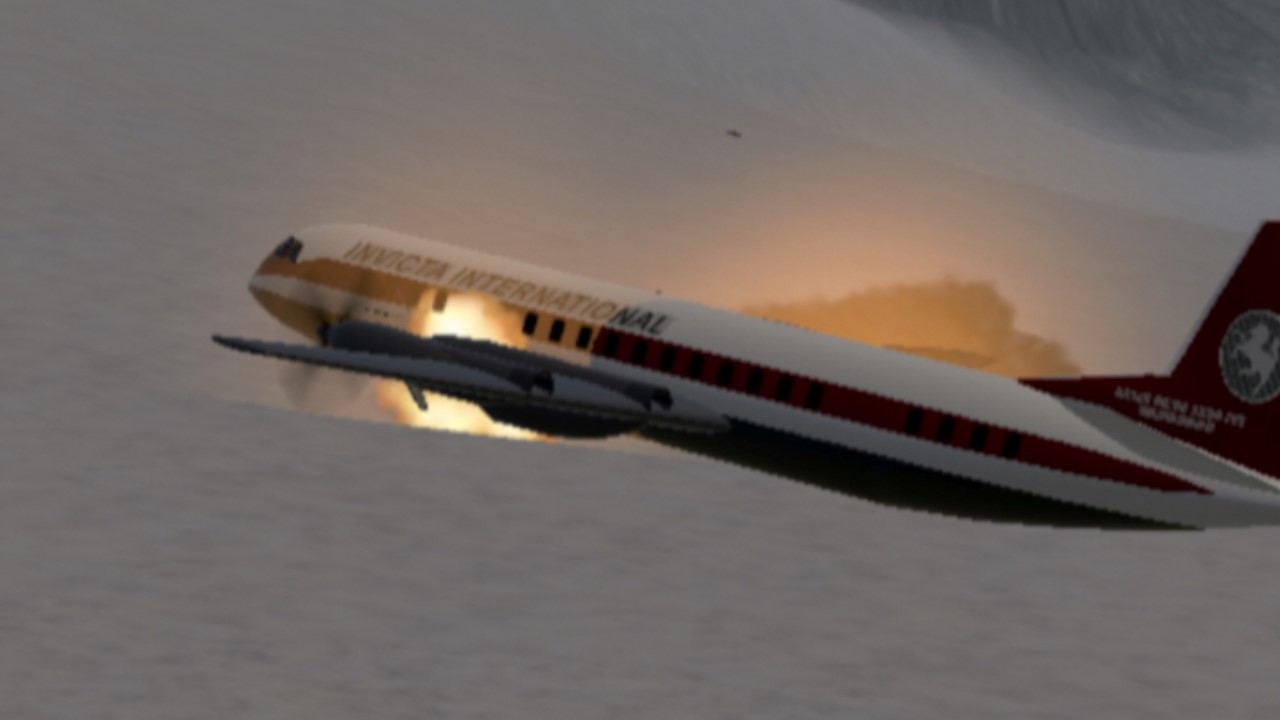
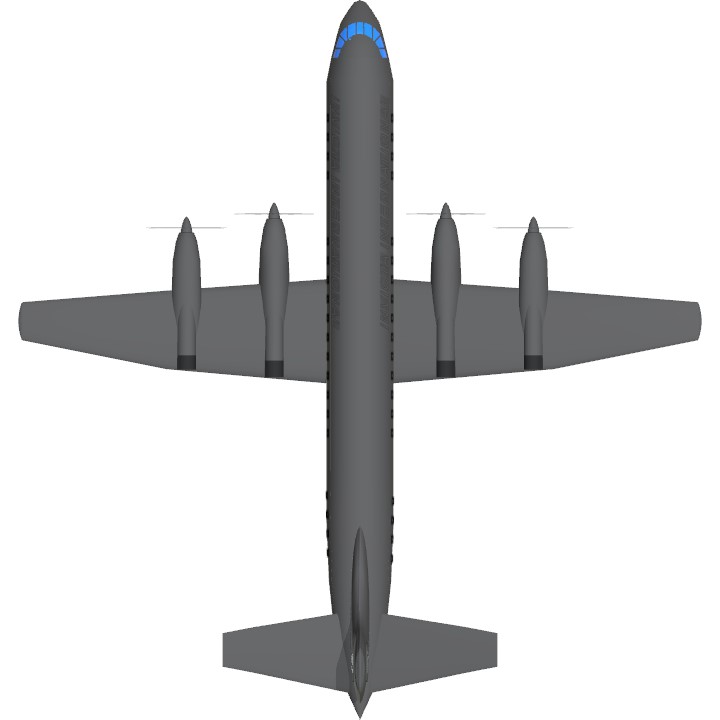

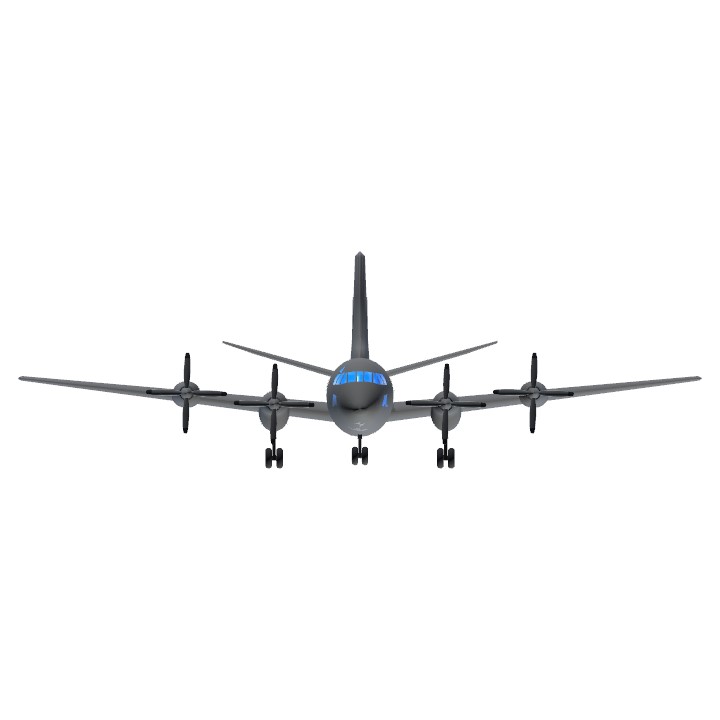
That’s my fault, here’s the fixed version is here by JustCallMeThanh (this is clickable)
@LuisMe
Bro, Explain me why Rolls Roice is whited?
looks cool ngl
I just found that I accidentally spelled it wrong, and thanks for remind me that
@Thunderthud
Why is rolls royce spelled rolls roice?